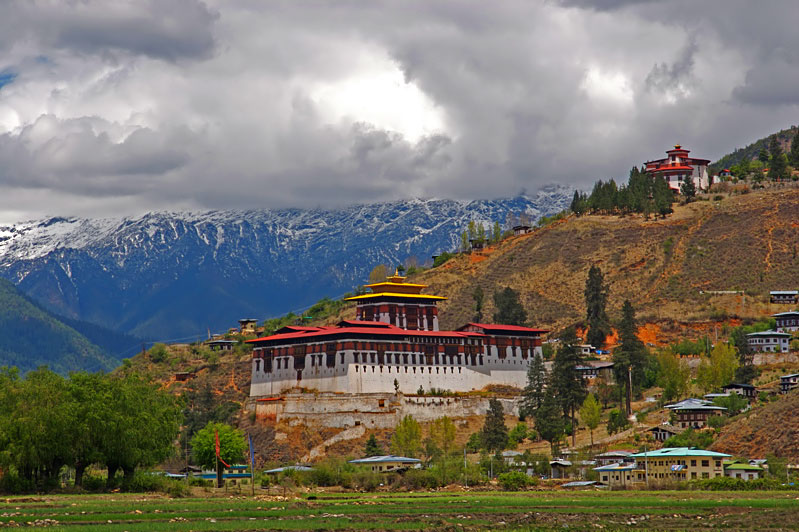Податотека:Cloud-hidden, whereabouts unknown (Paro, Bhutan).jpg
Cloud-hidden,_whereabouts_unknown_(Paro,_Bhutan).jpg (799 × 532 пиксели, големина: 122 КБ, MIME-тип: image/jpeg)
Историја на податотеката
Стиснете на датум/време за да ја видите податотеката како изгледала тогаш.
| Датум/време | Минијатура | Димензии | Корисник | Коментар | |
|---|---|---|---|---|---|
| тековна | 20:54, 31 јули 2008 |  | 799 × 532 (122 КБ) | Flickr upload bot | Uploaded from http://flickr.com/photo/32856635@N00/2262929973 using Flickr upload bot |
Употреба на податотеката
Податотекава се користи во следнава страница:
Глобална употреба на податотеката
Оваа податотека ја користат и следниве викија:
- Употреба на bcl.wikipedia.org
- Употреба на be-tarask.wikipedia.org
- Употреба на bjn.wikipedia.org
- Употреба на blk.wikipedia.org
- Употреба на ca.wikipedia.org
- Употреба на el.wikipedia.org
- Употреба на en.wikipedia.org
- Употреба на eo.wikipedia.org
- Употреба на fi.wikipedia.org
- Употреба на fo.wikipedia.org
- Употреба на fr.wikipedia.org
- Употреба на ha.wikipedia.org
- Употреба на hu.wikipedia.org
- Употреба на hy.wikipedia.org
- Употреба на incubator.wikimedia.org
- Употреба на io.wikipedia.org
- Употреба на ja.wikipedia.org
- Употреба на kn.wikipedia.org
- Употреба на nl.wikipedia.org
- Употреба на ru.wikipedia.org
- Употреба на sl.wikipedia.org
- Употреба на su.wikipedia.org
- Употреба на szy.wikipedia.org
- Употреба на th.wikipedia.org
- Употреба на vi.wikipedia.org

